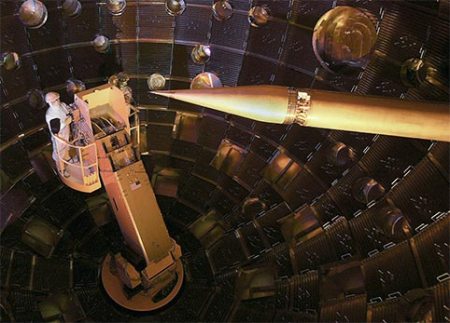Scientists have partially reversed age-related degeneration in mice, an achievement that suggests a new approach for tackling similar disorders in people.
By tweaking a gene, the researchers reversed brain disease and restored the sense of smell and fertility in prematurely aged mice. Previous experiments with calorie restriction and other methods have shown that aspects of aging can be slowed. This appears to be the first time that some age-related problems in animals have actually been reversed.
Site – http://online.wsj.com




 Posted by Stephen Johnston
Posted by Stephen Johnston 









